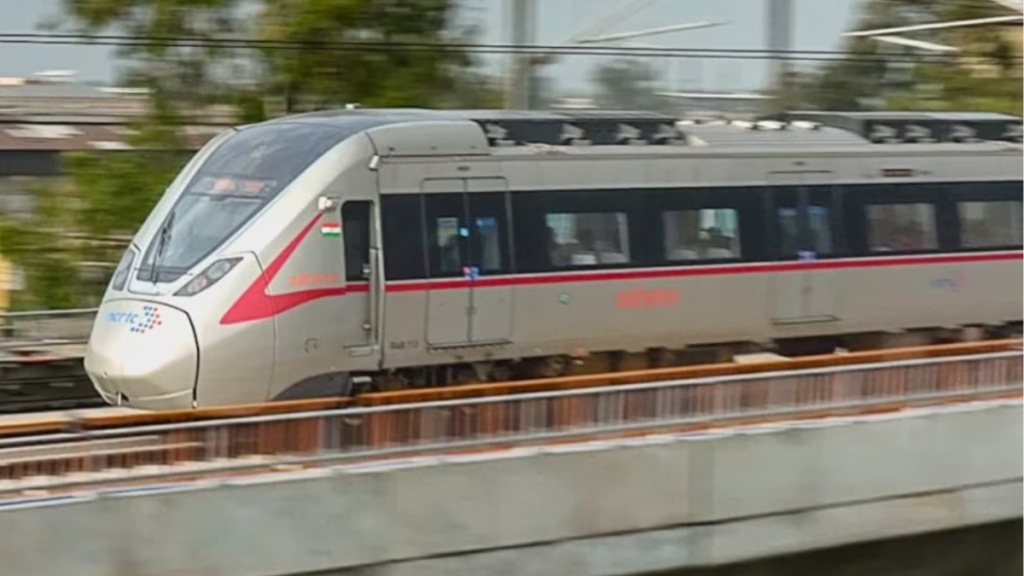In a major step towards the full commissioning of the Delhi-Ghaziabad-Meerut RRTS corridor, three newly constructed Namo Bharat stations—Shatabdi Nagar, Begumpul, and Modipuram—are set to be operational by the end of July. These stations, located between Meerut South and Modipuram, will bring the 82-km high-speed corridor closer to full functionality.
An official from the National Capital Region Transport Corporation (NCRTC) confirmed the update, adding that Delhi’s Sarai Kale Khan station—designed as a major multi-modal hub—is also nearing completion. It will connect passengers to the Delhi Metro’s Pink Line, Hazrat Nizamuddin Railway Station, Veer Haqeeqat Rai ISBT, and Ring Road.
To further enhance connectivity, a 280-metre-long Foot Over Bridge (FOB) is being built to link Sarai Kale Khan with Hazrat Nizamuddin station. Six travelators have already been installed, and finishing work is underway. The area, recently renamed Birsa Munda Chowk, has faced long-standing pedestrian congestion. A network of FOBs is expected to streamline movement across transit modes.
Among the three new stations, Shatabdi Nagar is elevated and will serve both Namo Bharat and Meerut Metro trains. Begumpul, located underground in the heart of the city’s market, is one of the largest stations in the corridor. Modipuram, situated along the National Highway, has completed civil work, including a foot overbridge to ensure safe pedestrian movement.
The official also highlighted that the under-construction Jangpura station in southeast Delhi will temporarily function as a stabling and parking yard for Namo Bharat trains until the next phase beyond Sarai Kale Khan begins.
A full-length trial run was recently conducted from Sarai Kale Khan to Modipuram, with trains achieving speeds of 160 kmph and covering the 82-km stretch in under an hour. The trial marked the first time in India that regional and metro trains shared infrastructure, as Meerut Metro services also ran successfully on the same tracks.
With 55 km of the corridor already operational and the remaining stretch ready for commissioning, the Namo Bharat project is inching towards becoming a model of modern, integrated public transport in India.

